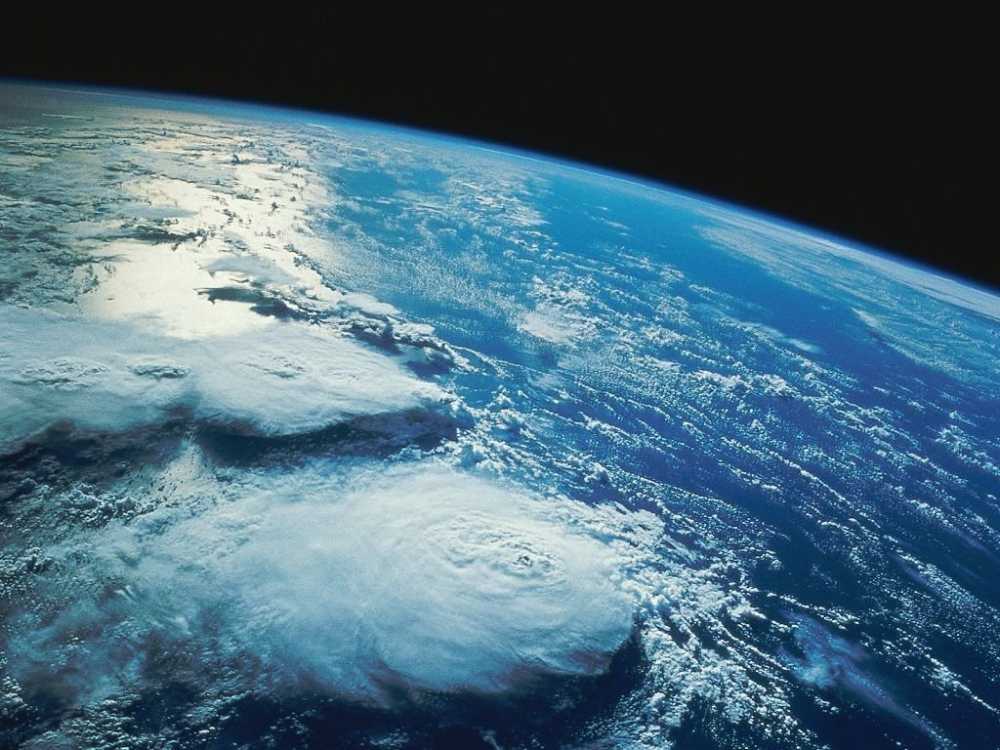
Technology used for gazing into space could help solve some of the world’s most pressing food-related issues such as shortages, pest-control and climate change.
Astronomy, physics and mapping the universe can contribute to helping the world's food crises.
Professor Sarah Bridle is Professor of Astrophysics in the School of Physics and Astronomy at the University of Manchester and a leading expert on image analysis in astronomy.
She also leads the STFC Food Network.
Prof Bridle said that food contributes over 20% of greenhouse gas emissions and will likely be the main way most people experience climate change.
Se said: “As a planet, we need to produce safe and nutritious food in a sustainable way without depleting natural resources, and ensure the accessibility and resilience of food supply.”
Astrophysics helping farmers
But how can astrophysicists help solve such problems?
Prof Bridle explained: “We can play a major role in helping to address these challenges, by bringing access and expertise from across multiple disciplines such as big data and precision instrumentation expertise from fundamental research in astro, particle and nuclear physics.
“For example, in my astronomy research I analyse images of galaxies from multiple observations of large areas of sky taken at different light wavelengths from optical through to infra-red. I’m now using the same tools to observe fields of wheat and look for signs of weed infestation.
“I see strong parallels between estimating the distance to galaxies, crucial to measuring the nature of dark energy, and quantifying the level of disease in a crop, crucial to timely intervention to increase crop yield.”
Supercomputers
Many of the same issues affect both astronomy and the earth observation data used in food research. For example when viewing a supernova or looking at how pests could effect a crop yield.
Prof Bridle added: “In astronomy we routinely use supercomputers to carry out these analyses over a large fraction of the sky, at a very similar resolution to modern earth observation data. Now we aim to use the same kind of technology to monitor and predict pest outbreaks for crops.”
An Earth observation satellite launched on 7 March will help with precision farming, land management and environmental protection by farmers.
The Copernicus Sentinel-B2 satellite developed by the European Space Agency (ESA) doubles the coverage of high-resolution optical imaging in the Sentinel-2 mission in the framework of the European Union's Copernicus programme.
The faster and more precise data that the new satellite will bring is set to benefit farmers.
High-resolution satellite images allow farmers to closely follow the evolution of their land, check the status of their crops and make more informed decisions. The addition of the new satellite will bring down the cost of these services to farmers.
